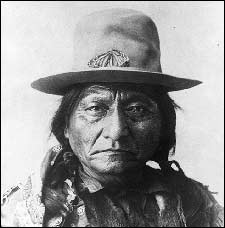The idea that minorities are responsible for their own poverty goes way back—to the Civil War, at least. As soon as the slaves were free, whites began blaming them for not becoming middle-class paragons of virtue.
White May Be Might, But It's Not Always RightIn its coverage of the Pew report findings, National Public Radio asked whether some blacks were lagging behind because they were choosing not to become "closer to whites in their values." Unfortunately, this line of questioning reinforces one of the most persistent myths in America, that white is always right. The myth reflects an enduring double standard based on "white" and "black" explanations for social problems. And it assumes that "white" culture is the gold standard for judging everyone, despite its competing ideologies, its contradictions and its flaws, including racism.
The masquerade began over a hundred years ago. Shortly after the end of slavery, sociologists and demographers began presenting research on black failure and struggle as "indisputable" proof of black inferiority. One of the first studies was released in 1896, when the leading race-relations demographer of the period, Frederick L. Hoffman, analyzed census data showing that blacks were doing worse than whites in mortality, health, employment, education and crime. The problem was not racism, he argued, but "race traits and tendencies."
To him, the civil rights acts of the 1860s and 1870s had leveled the playing field. Blacks should be left to compete against whites on their own and face the inevitable.Comment: The same applies to Indians, of course. As soon as the Indian Wars were over, Indians were supposed to put on Western clothes, take up the plow, send their children to school, and go to church. Americans were surprised that their attempt to eliminate 10,000 years of history and culture overnight didn't have the desired effect.
For more on the subject, see
Blaming the Victim.



No comments:
Post a Comment